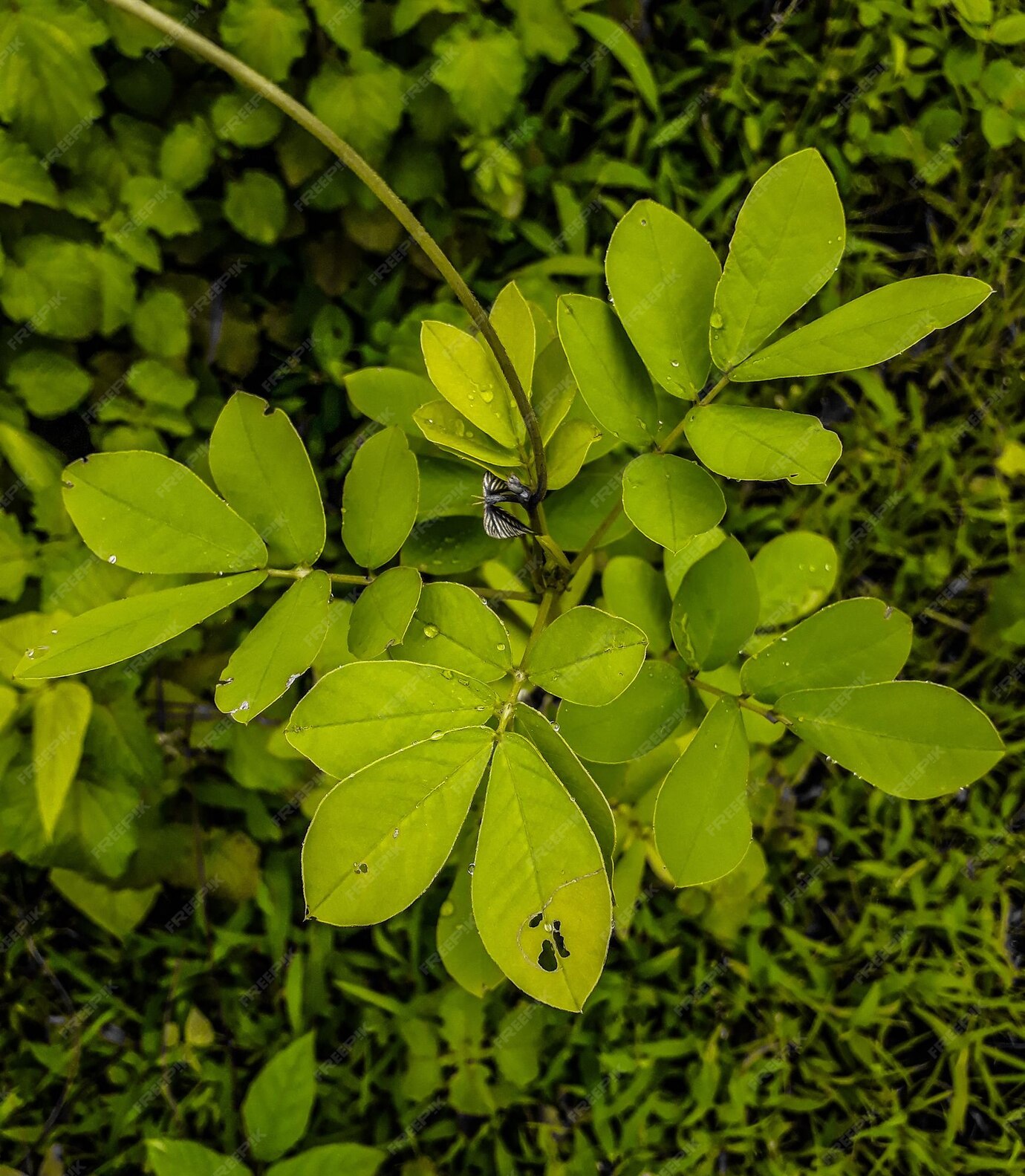
Katuk
Sauropus androgynus
Basic Information
🌿 Family: Phyllanthaceae🗺️ Zone: 10-12
Other Names:
- Sweet Leaf
- Star Gooseberry
- Tropical Asparagus
🌡️ Ideal Temperature : 75°F – 90°F
🔥 Heat Tolerance: Up to 95°F
❄️ Cold Tolerance: Down to 50°F
🌱 Type: Perennial
Layers
- Shrub
Functions
- Edible
- Medicinal
- Nitrogen Fixer
- Wildlife Attractor
- Mulcher
- Dynamic Accumulator
- Erosion Control
- Animal Fodder
- Border Plant
- Ground Cover
Pests
No pests associated with this plant.
Description
Katuk is a perennial shrub native to Southeast Asia, commonly growing up to 2-3 meters (6-10 feet) in height. It features dark green, oval-shaped leaves approximately 5-6 cm long, with small, flat, round yellow to red flowers that bloom in the leaf axils during summer and fall. The plant produces purple capsules containing small black seeds. Katuk thrives in tropical climates and is known for its rapid growth under warm, humid conditions.
🌞💧 Sun and Water Requirements:
Katuk prefers partial shade, mimicking its natural understory habitat, but can tolerate full sun if provided with ample water. It grows best in moist, well-drained soils rich in organic matter and can withstand short periods of flooding. Regular watering is essential, especially when grown in full sun, to maintain its lush foliage.
✂️🫘 Methods to Propagate:
Katuk can be propagated through stem cuttings or seeds. For cuttings, select semi-woody stems at least 30 cm (12 inches) long and plant them in moist soil, keeping them in the shade until they establish roots. Seeds can be sown in potting medium and typically germinate rapidly, with seedlings growing quickly under favorable conditions.
🧑🌾👩🌾 When to Harvest:
The young leaves and shoots of Katuk can be harvested year-round in tropical climates. Regular pruning encourages bushier growth and a continuous supply of tender foliage. In cooler regions, growth may slow during colder months, and the plant may lose its leaves, resuming vigorous growth with the return of warmer temperatures.
Purpose
- **Edible**: Katuk's leaves, shoots, flowers, and fruits are all edible, offering a mild, nutty flavor reminiscent of fresh peas. They are rich in protein (approximately 6-10%), vitamins A, B, and C, and minerals such as potassium and calcium. The leaves can be consumed raw in salads or cooked in soups, stir-fries, and stews. However, excessive consumption of raw leaves has been linked to lung issues; thus, moderation is advised.
- **Medicinal**: Traditionally, Katuk has been used to treat coughs and fevers. It is also known to stimulate milk production in nursing mothers, attributed to its ability to increase the expression of prolactin and oxytocin genes.
- **Wildlife Attractor**: The plant's flowers attract pollinators, enhancing biodiversity in the garden.
- **Dynamic Accumulator**: Katuk accumulates nutrients from the soil, enriching the topsoil when its leaves decompose, thereby improving soil fertility.
- **Erosion Control**: Its dense root system helps stabilize soil, making it useful in preventing erosion on slopes and disturbed sites.
- **Animal Fodder**: The nutritious foliage serves as fodder for livestock in some cultures.
- **Border Plant**: With its upright growth habit and attractive foliage, Katuk can be used as a natural hedge or border plant in garden designs.
- **Ground Cover**: When pruned regularly, Katuk can function as a ground cover, suppressing weed growth and maintaining soil moisture.